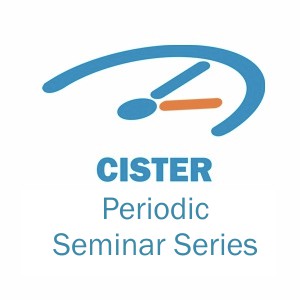 Seminar Series 2015 - Fábio Oliveira
Seminar Series 2015 - Fábio Oliveira
A module for the FTT-SE protocol in ns-3CISTER, Porto, Portugal
ABSTRACT:
In recent years there has been an increase in the use of embedded systems, and many of these systems are spatially separated, performing distributed communications in order to meet the real-time requirements of their applications. Many of the applications have very strict time requirements and demand a high level of determinism with regard to the instants when their tasks are executed. The Flexible Time Triggered over Switched Ethernet (FTT-SE) protocol is based on the Flexible Time Triggered (FTT) paradigm, following a master/slave schema where the master node manages the traffic exchanged by the slave ones according to the scheduling algorithm chosen by the master node (e.g., Rate Monotonic, Earliest Deadline First, etc.). The FTT-SE protocol allows the transmission of both types of traffic synchronous and asynchronous (real-time and best-effort) over Switched Ethernet network. Communications within an FTT-SE network are done based on the reservation of fixed duration time slots called Elementary Cycles (ECs), wherein each EC is organized into windows in order to guarantee bandwidth for the transmission of different types of traffic.
The FTT-SE module is implemented as an application layer of ns-3. Currently, the module allows for concurrent synchronous, asynchronous and best-effort communications. The ECs are divided into sub-windows that are dedicated to the transmission of the different types of traffic. The types of traffic in the FTT-SE protocol are: (i) synchronous traffic (with priority 1, the highest); and (ii) asynchronous traffic, the asynchronous traffic is has three different types of traffic: (a) hard real-time (with priority 2); (b) soft real-time (with priority 3); and (c) best-effort (with priority 4, the lowest). All types of traffics can be transmitted in a single EC which is built by the master node. Furthermore, the percentage of the EC dedicated to the synchronous or asynchronous transmission is tunable and can be decided based on the application needs.
DOWNLOAD:
PDF Presentation (1.7MB)
CISTER's main roles:









 Fábio Oliveira
Fábio Oliveira